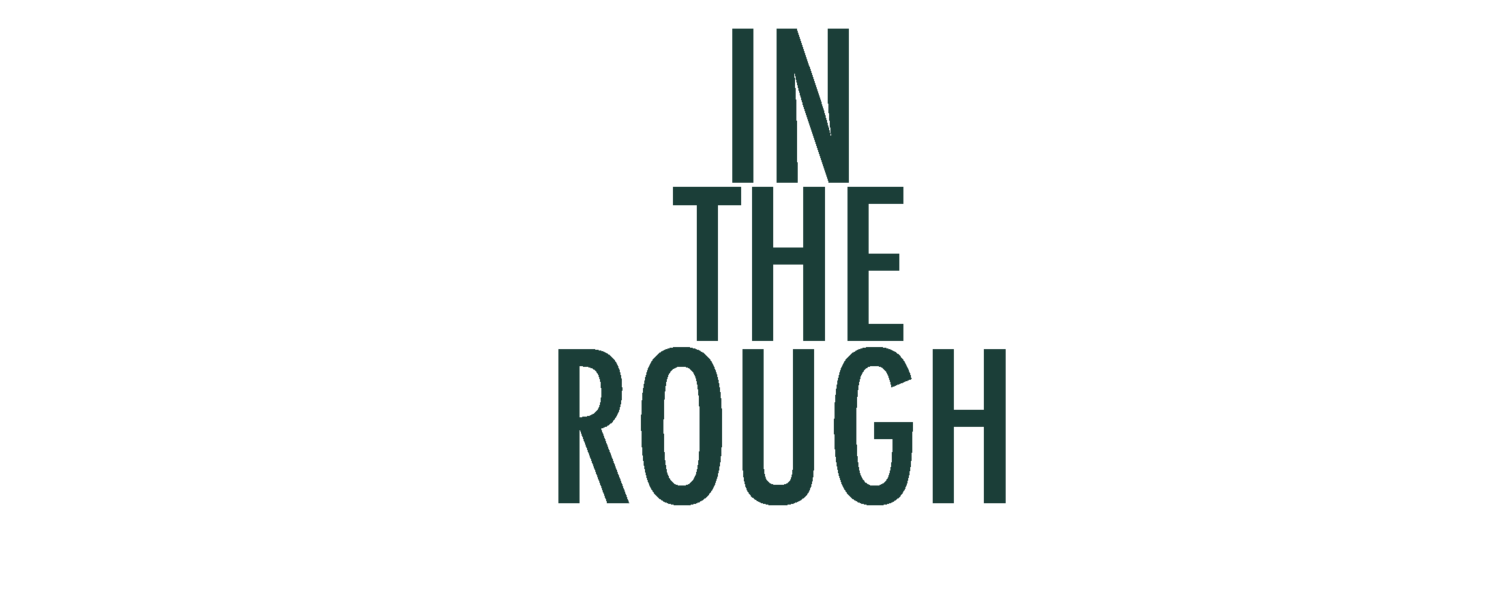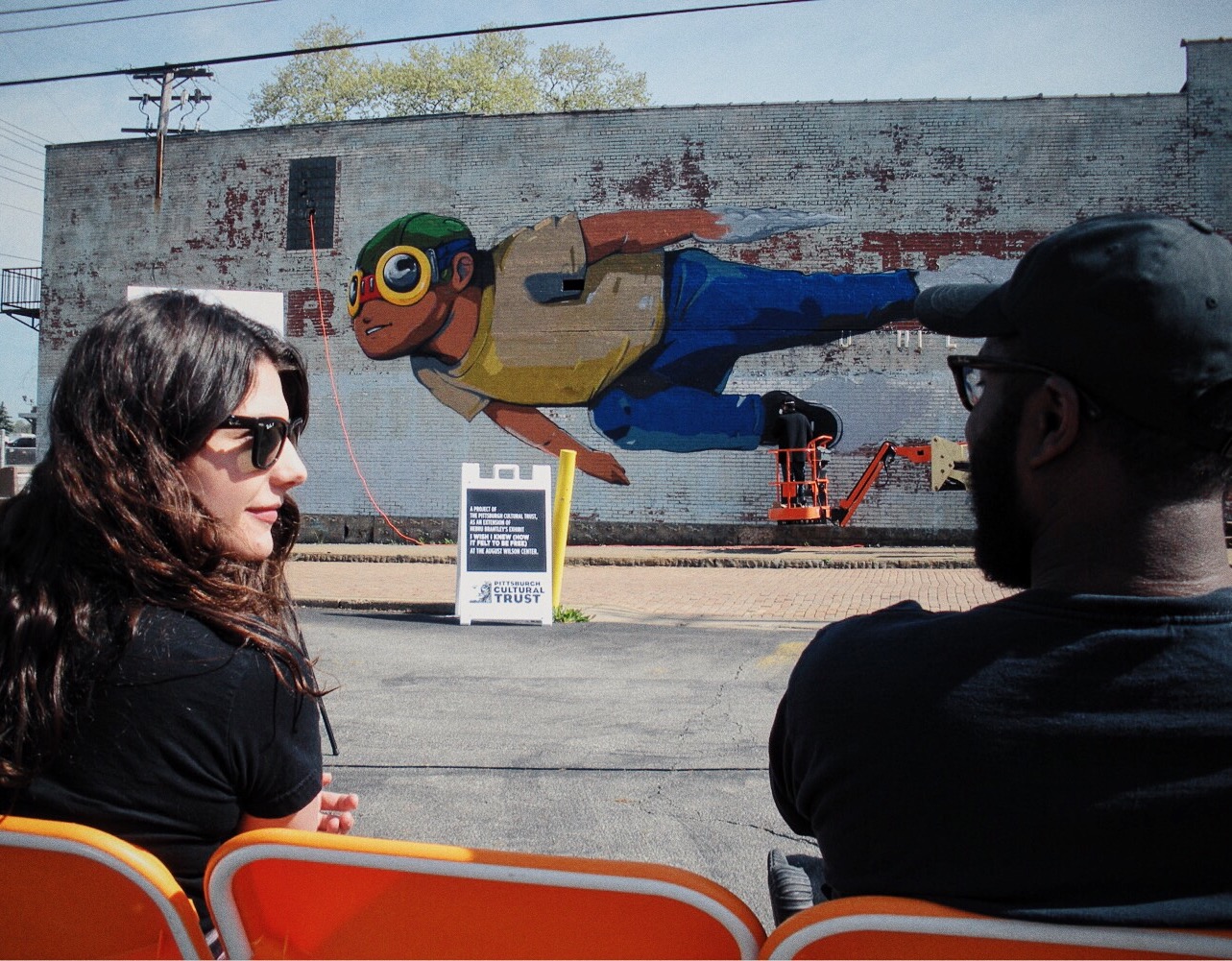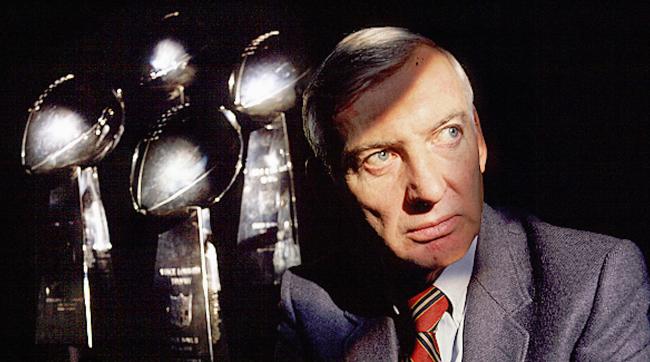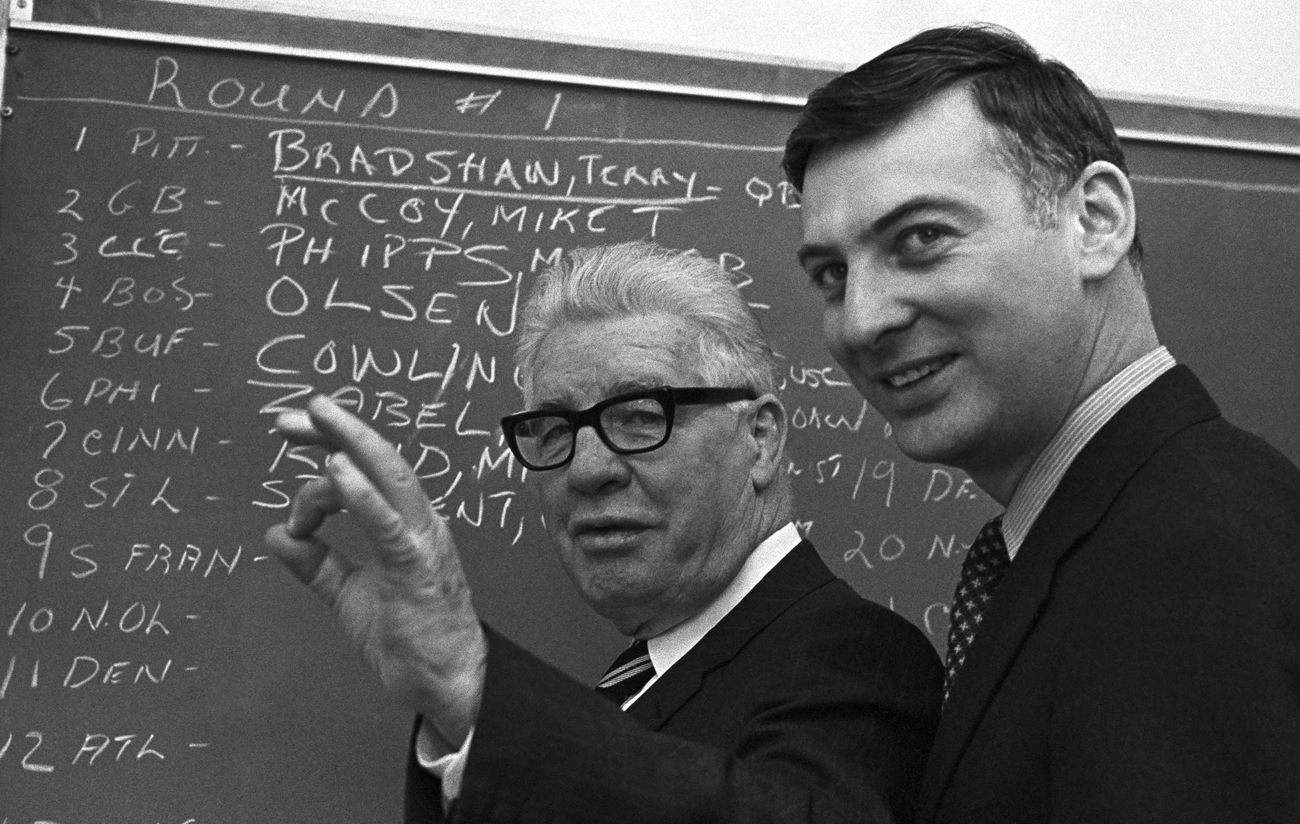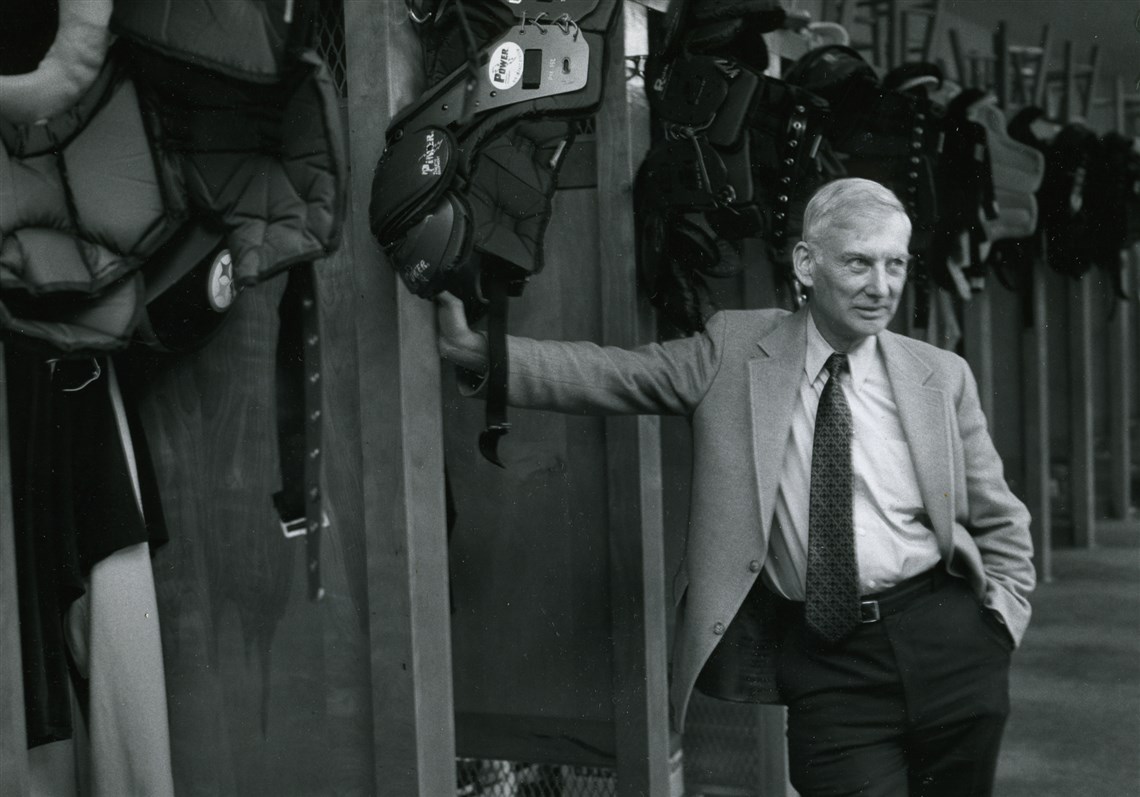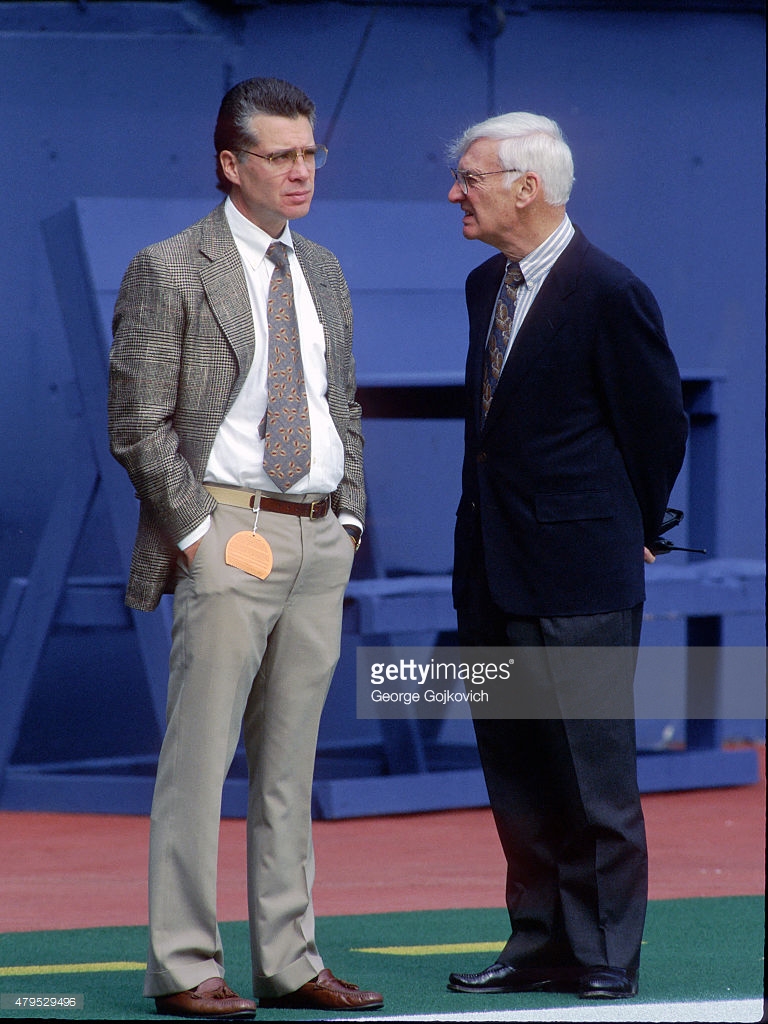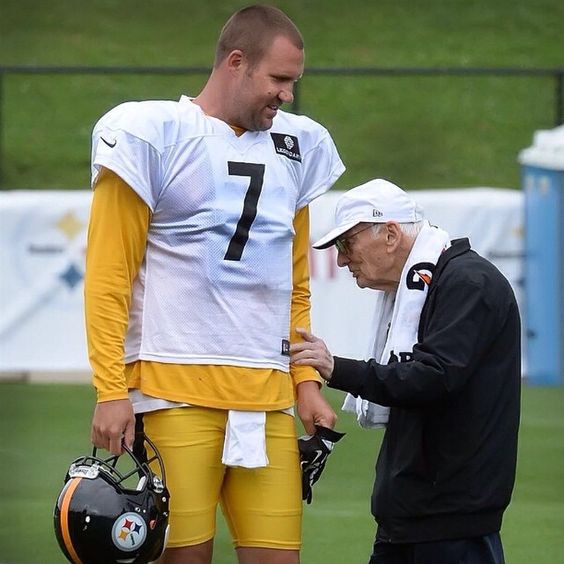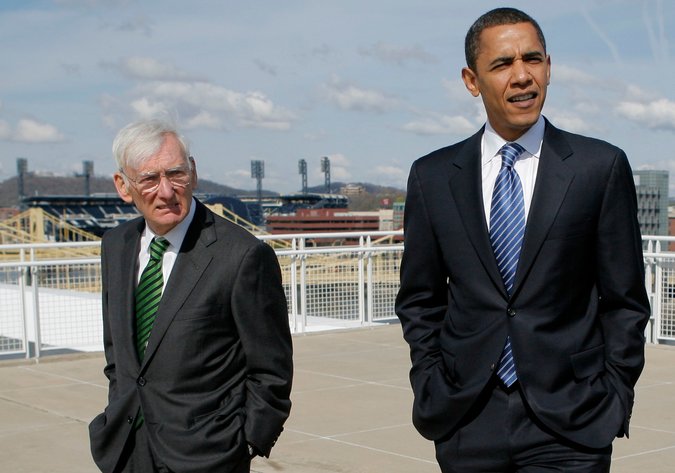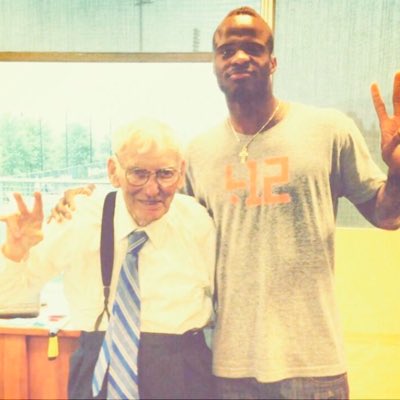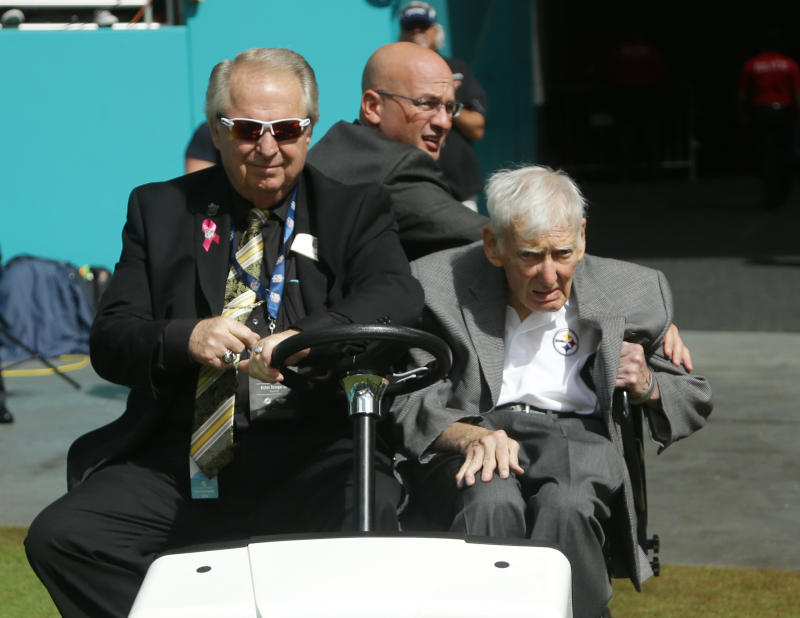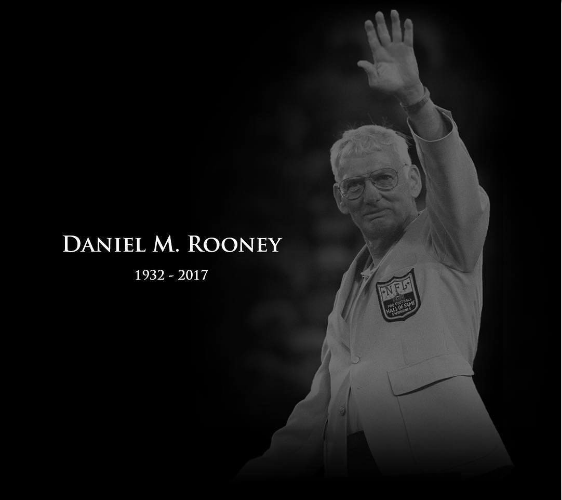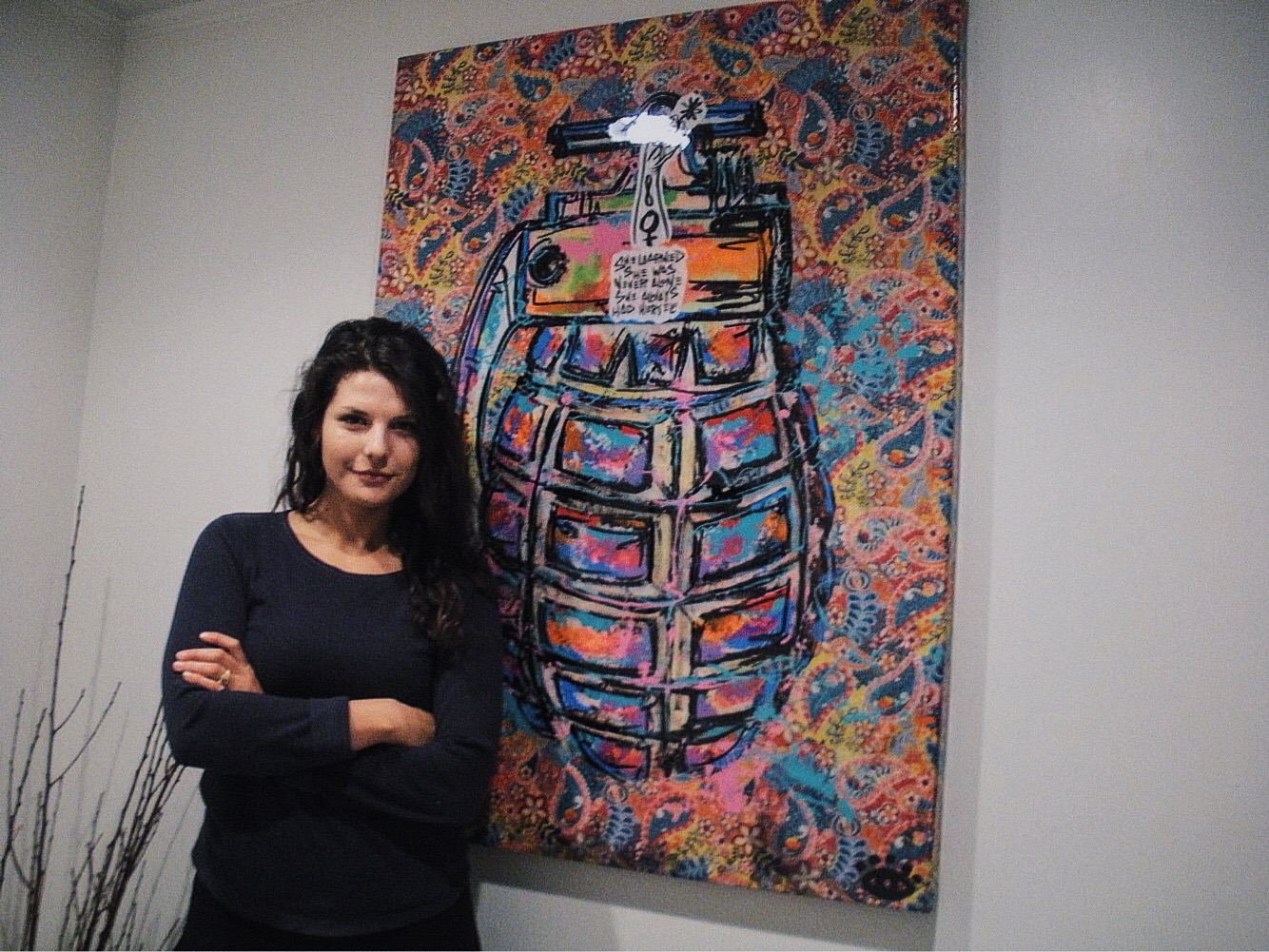Colorful mural walls have flooded all of our Instagram feeds at some point. See one that goes well with your outfit? Picture. Spot one with your favorite musician, athlete, or actor? Click. If you don’t have at least one highly saturated image posing in front of one, are you even a millennial? While these intricate designs painted on public walls serve as great photo ops, they also have a far more important purpose. They can empower a community, bring in more business, and make a statement.
In Washington, D.C., two badass female muralists are taking over the district one wall at a time. Been to the Fridge Gallery in Southeast and noticed the colorful mural of four women on a black wall? That’s Rose Jaffe. Snapped a great pic in front of the Chuck Brown mural in Anacostia? You can thank Maria Miller for that. While Jaffe and Miller have different styles and techniques, both are prominent women in the street art scene who are not only transforming boring walls around the nation’s capital but giving a voice to communities and causes that otherwise may not be heard.
“I love if my work has a message,” says Jaffe, born and raised in D.C. “I do a lot of social justice and activism work, and I think that it’s really beautiful if a mural can reflect the community that it’s in, and uplift the voices that are there in that community.”
Jaffe does it all: painting, sculpting, graphic design, and illustrations. She’s a full-time artist who favors portraying the female form in various ways (i.e. The breast mugs, obsessed). She is fascinated by people, faces, and the stories that they tell, which is evident when looking at her murals. With the flick of a paintbrush, Jaffe can make any wall come to life.
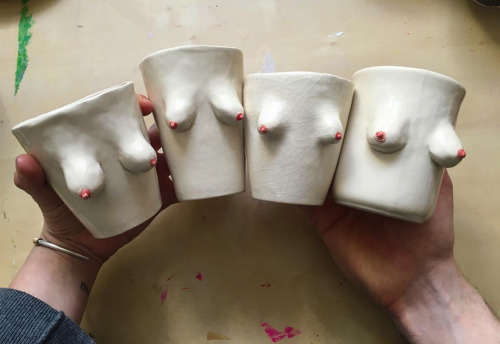
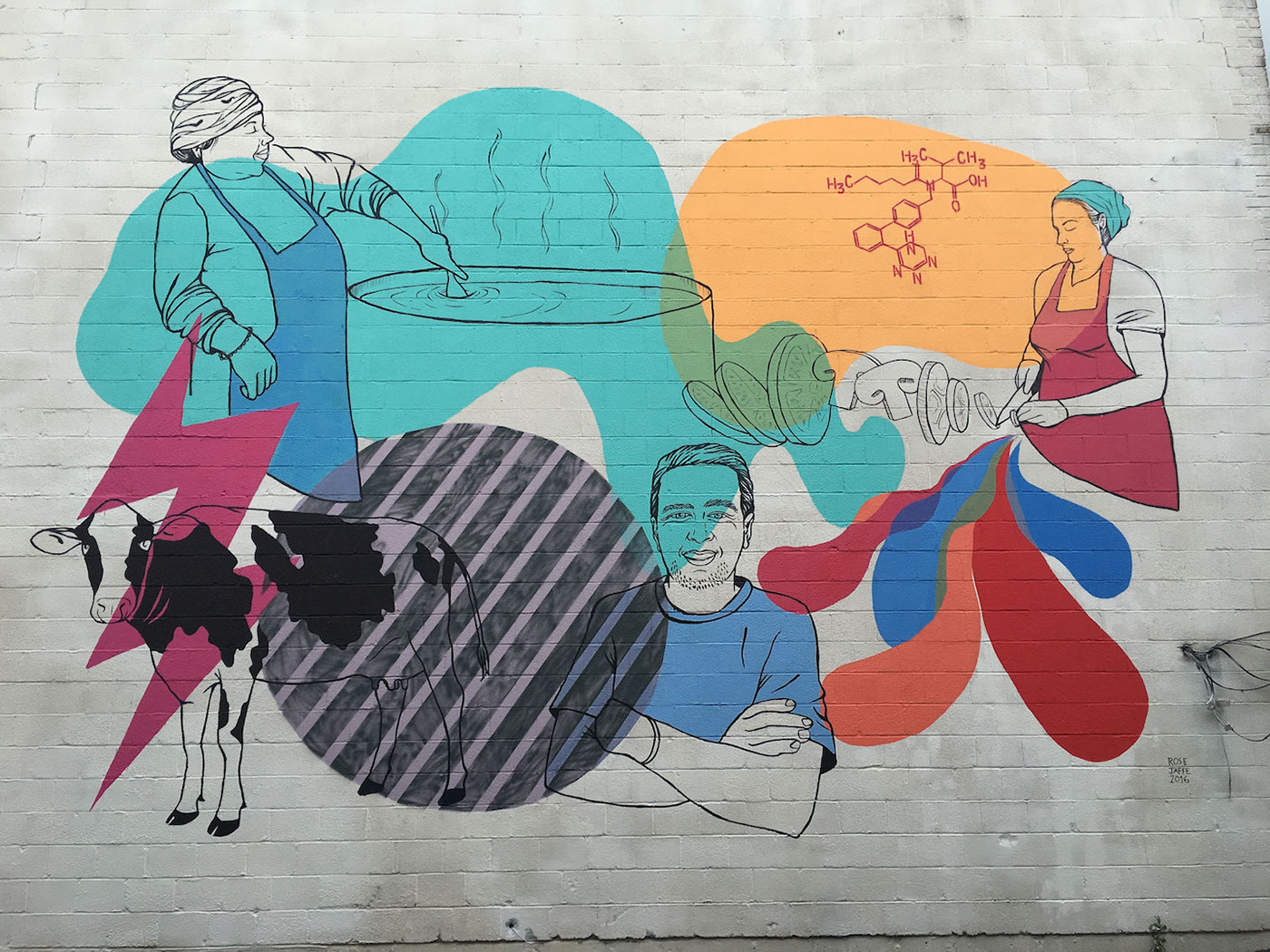
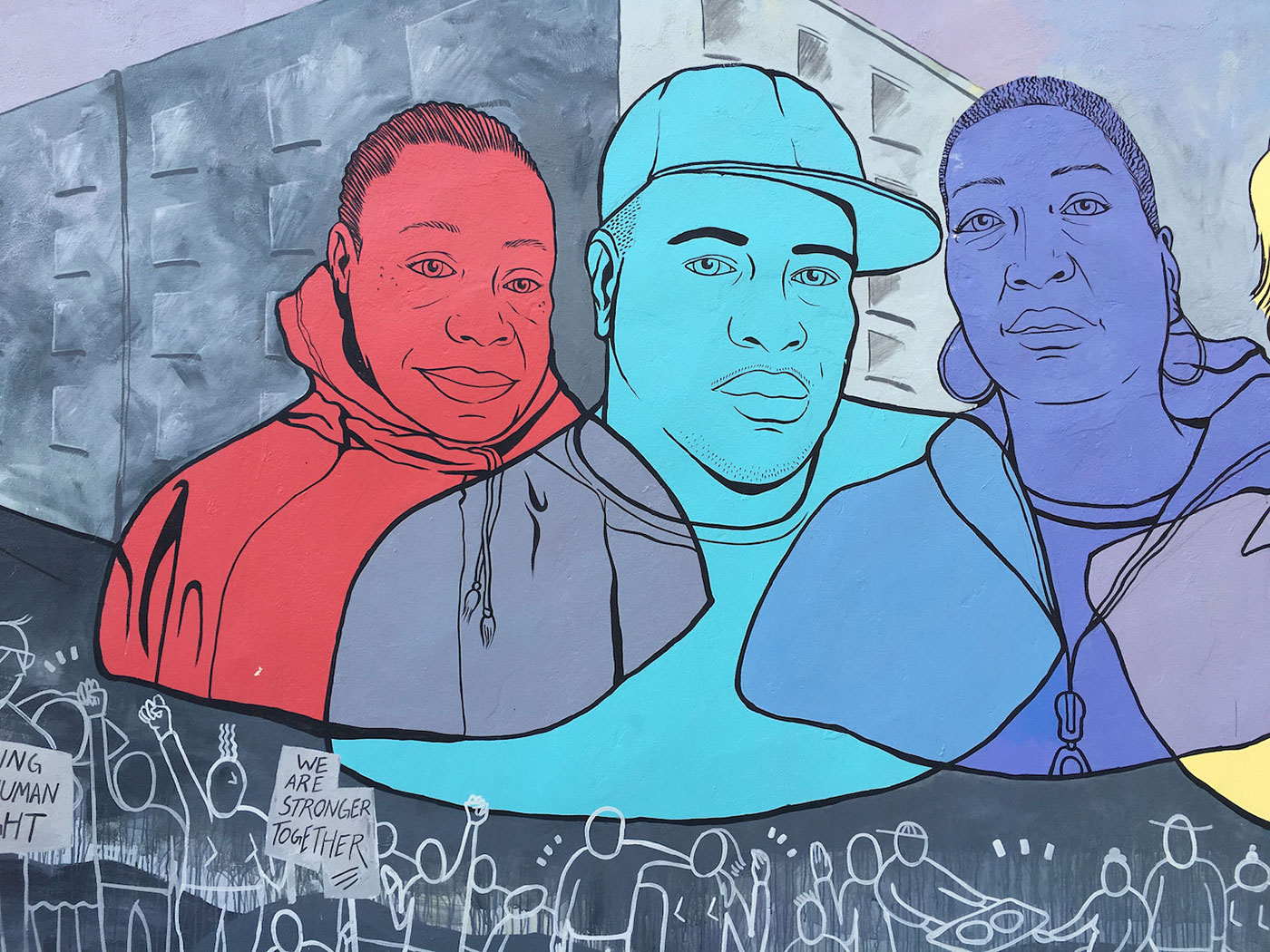
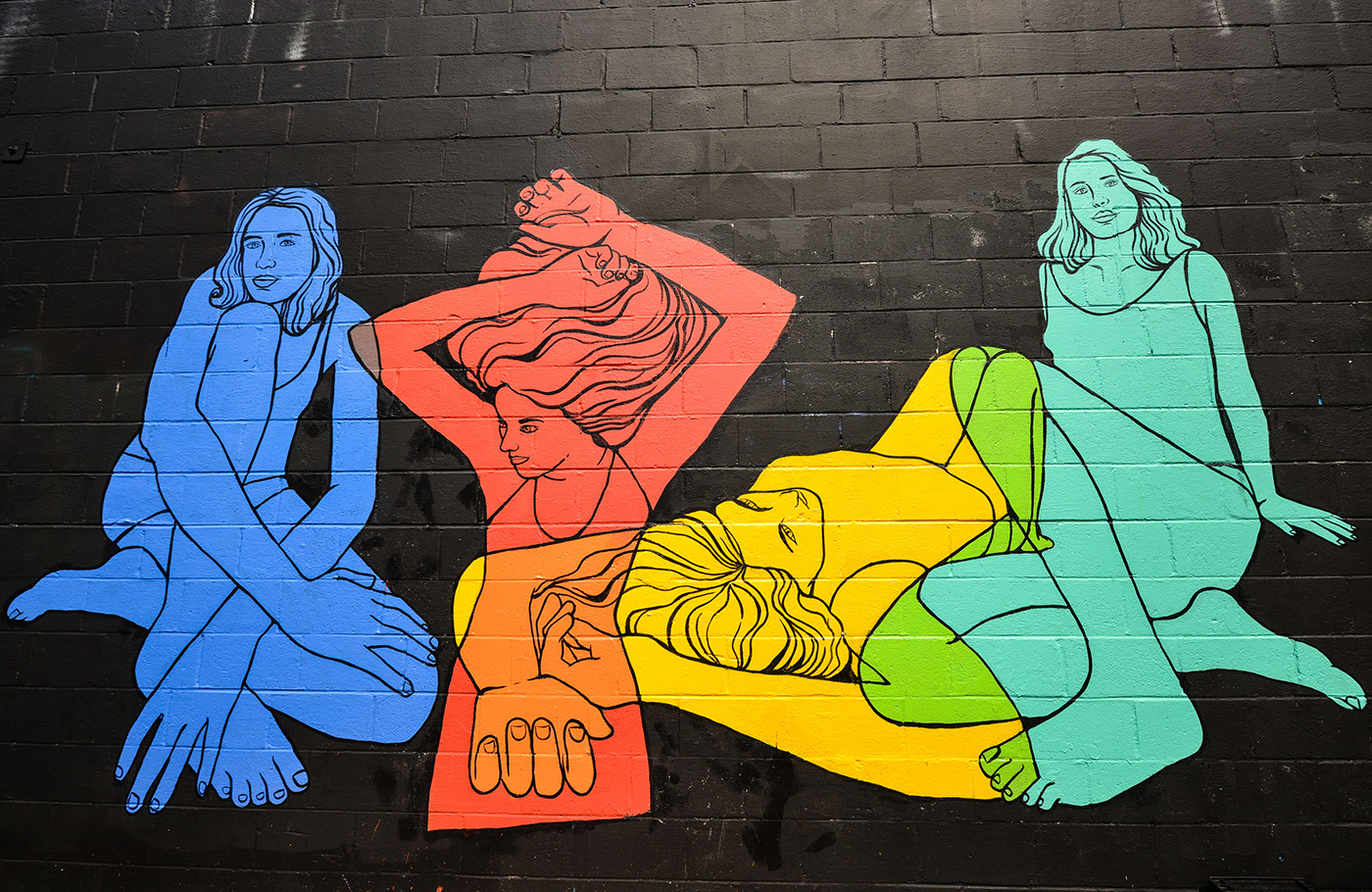
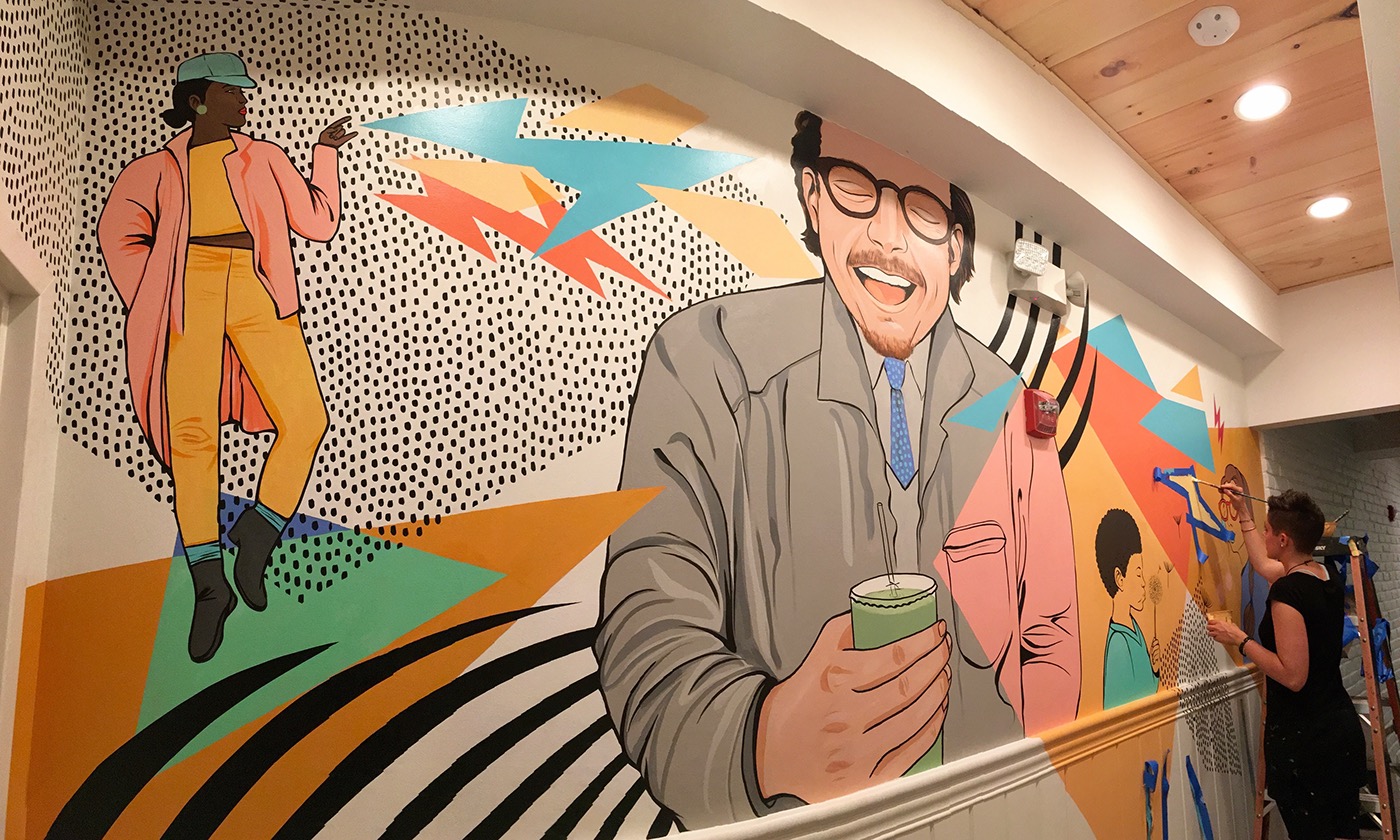
“Street art” is considered to be a male-dominated scene, and the few women who are involved can often feel tokenized. However, Jaffe doesn’t define herself as a “street artist.” She refers to herself as a “mural artist,” and does not consider murals to be graffiti. Instead, she believes they are more like public art pieces.
As a female mural artist, Jaffe feels she has gotten tremendous support from everyone – male and female artists, as well as from D.C. as a whole. She is the recipient of numerous grants and is able to fully support herself through her work.
You can view the completed mural Rose was working on in the video at the Femme Fatale Pop Up Store along the H St Corridor at 1371 H St. NE until the end of July 2017.
Maria Miller, a muralist in D.C. and Virginia, has felt that same support in the district.
Originally a canvas painter, Miller’s first mural project was in Richmond, VA in 2013, which led to her growing interest in public and street art. Unlike Jaffe and her paintbrush, Miller uses spray paint.
“It’s become something not so much just about myself, but I love the feeling of painting in a community and them telling me how much they love it,” says Miller. “It’s such a gratifying feeling.”
Miller’s current project is a portrait of Chuck Brown for the Legends of Go Go Mural in Southeast D.C. It is a publicly funded mural that users will be able to interact with by scanning the pieces with their smartphones. When completed, it will be the first mural in the district to honor the legacy of musicians such as Brown, Little Benny, Fat Rodney, Byron “BJ” Jackson, and more.
“Go Go is such an important part of the community so people are receiving it well,” says Miller.
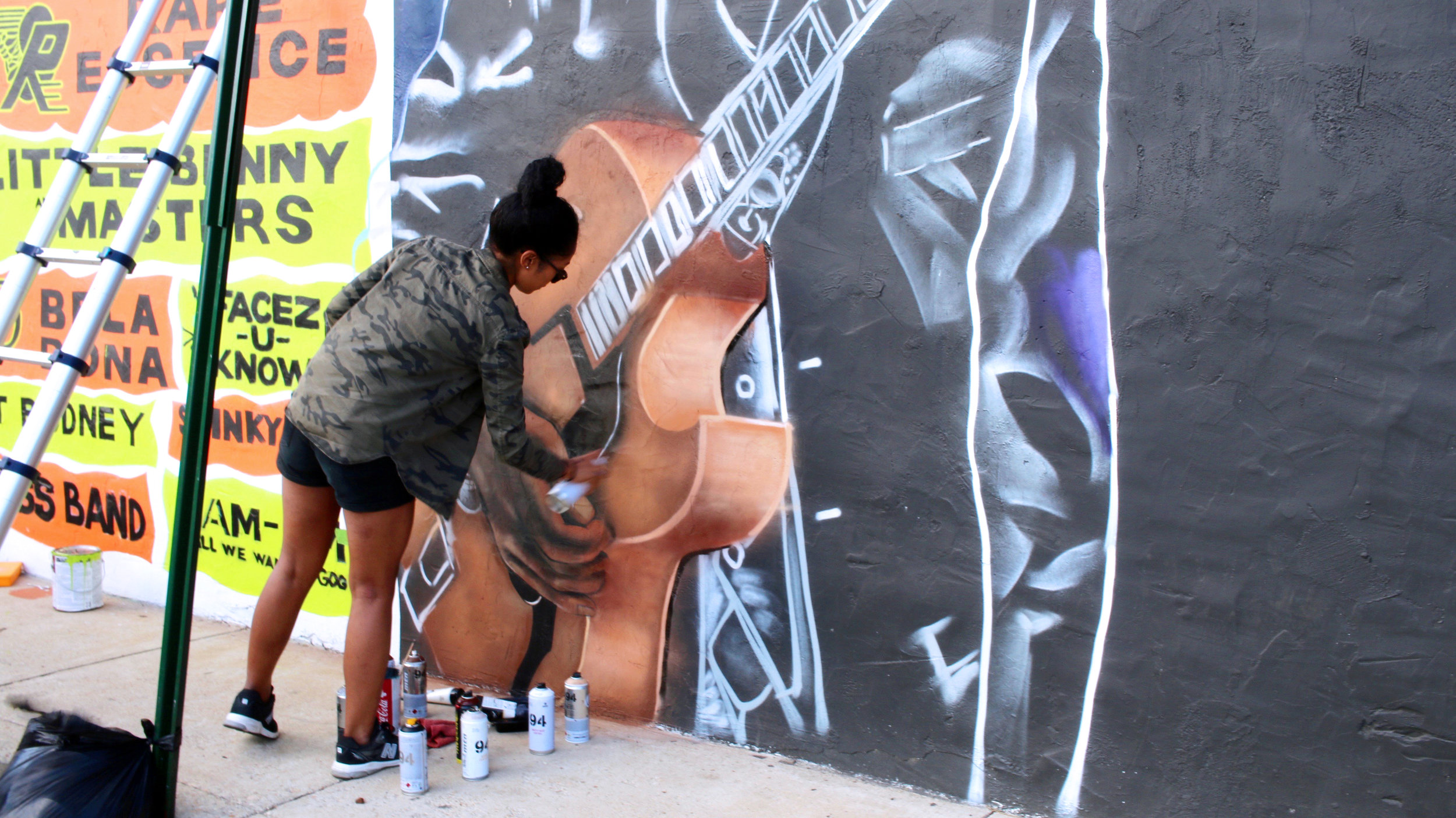
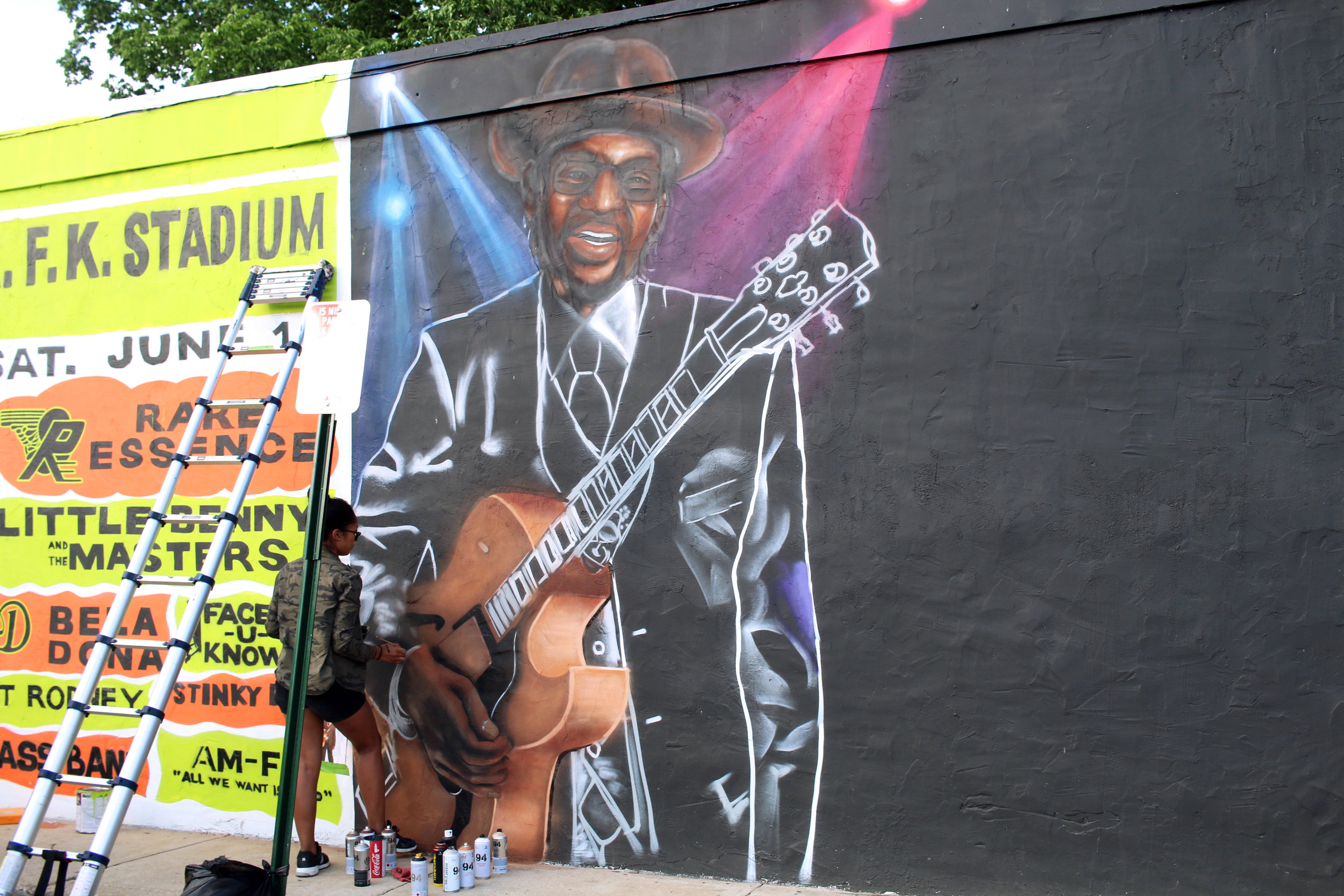
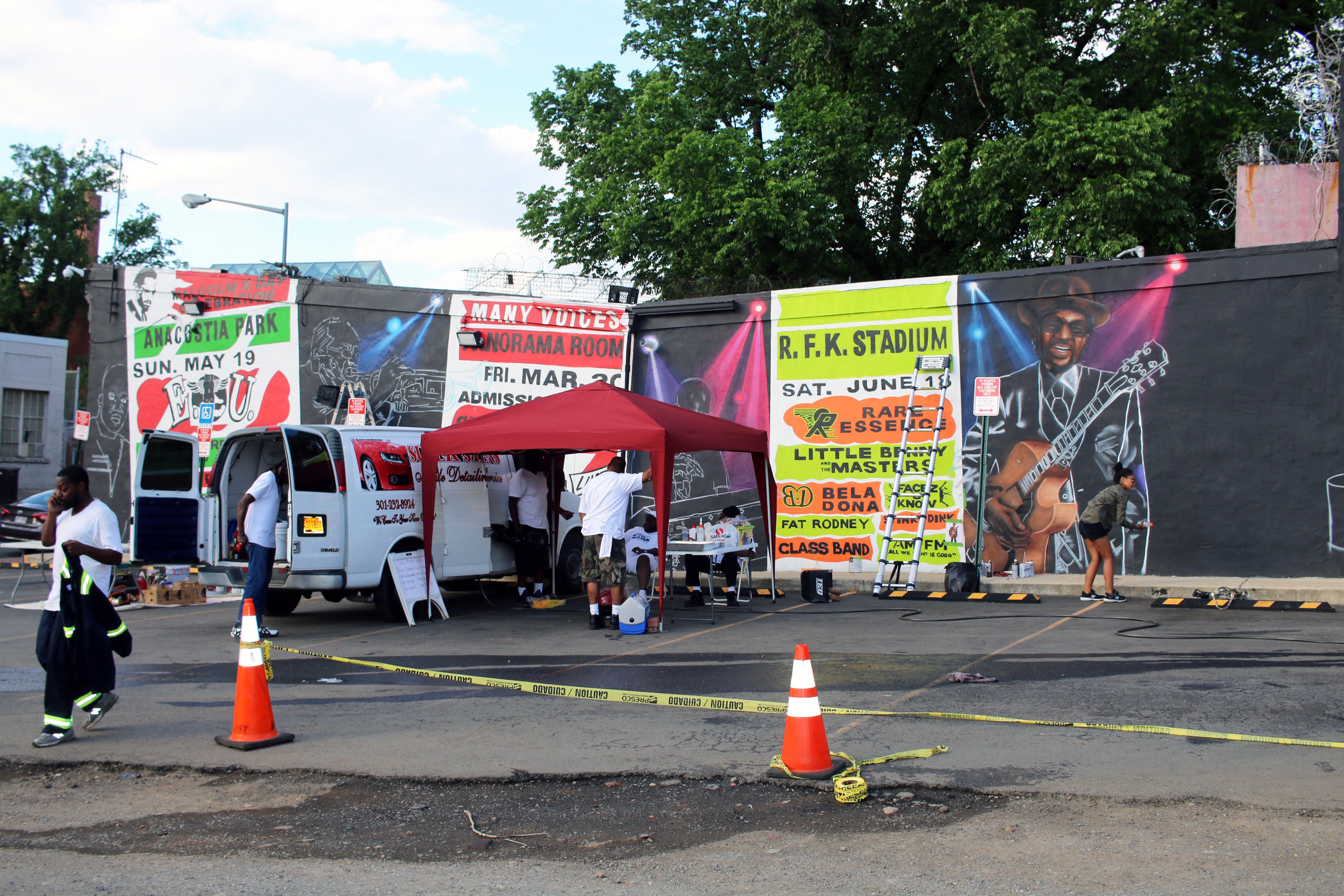



As far as being a female mural artist in D.C., Miller has had a similar experience to Jaffe. She feels very supported and encouraged.
“I think for the most part a lot of people are very open and receptive to seeing more female artists around… especially other females,” says Miller. “I think catcalling is the most uncomfortable thing, but other than that I just take it as I go. I’m seeing more and more female artists and everyone wanting to see more of them.”
Check out the video to learn more about these fantastic artists and see some of their work.
To donate to the Go Go Mural, visit: Gofundme.com/go-go-mural-fund
